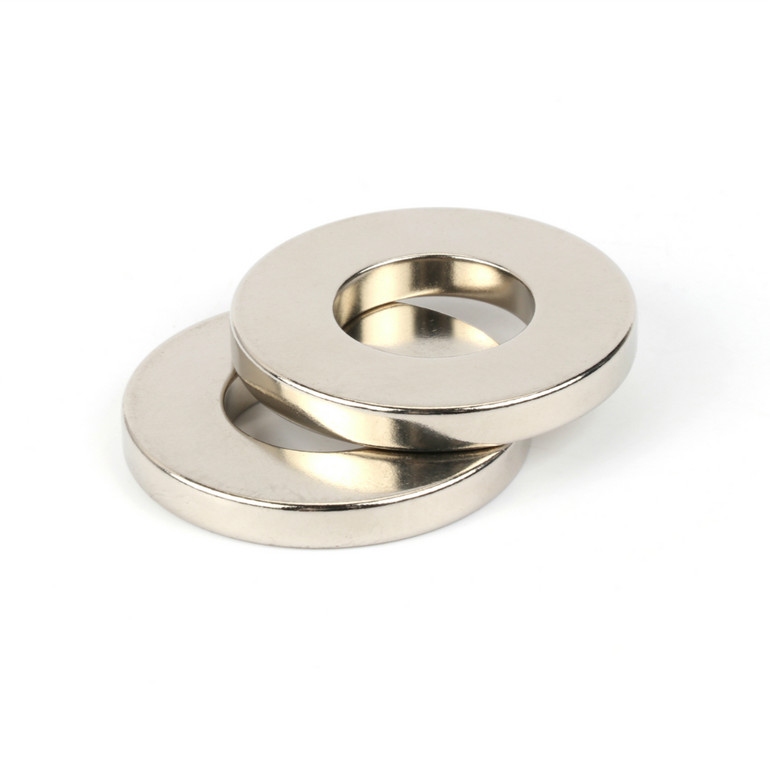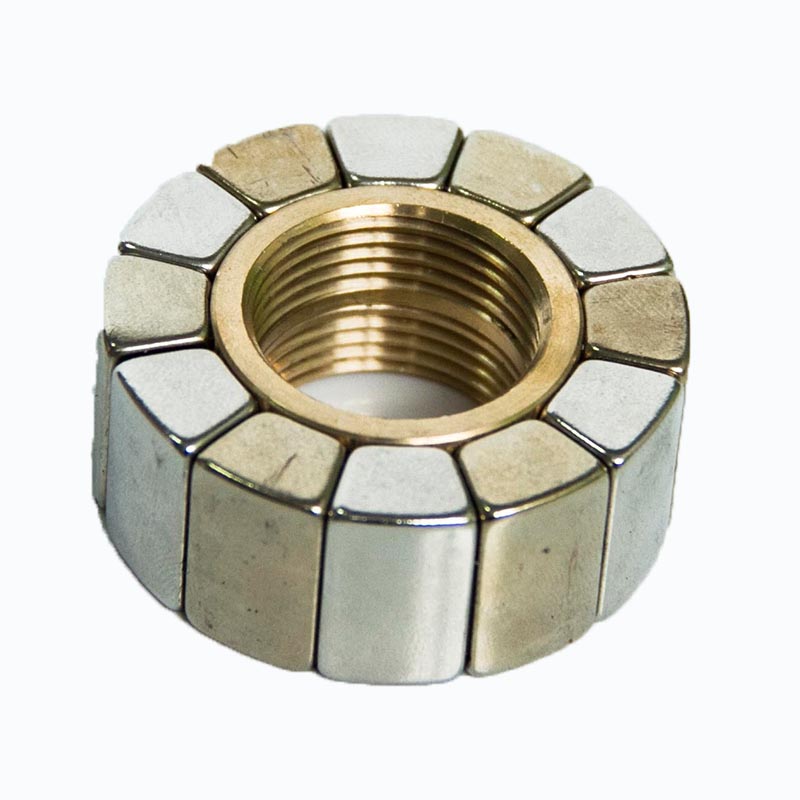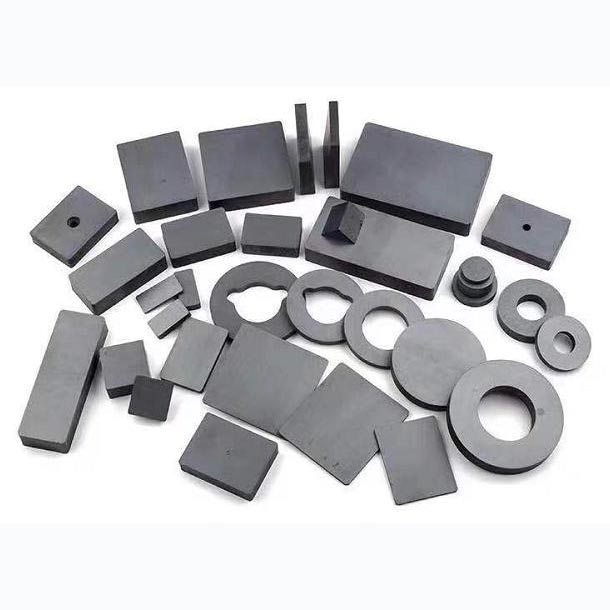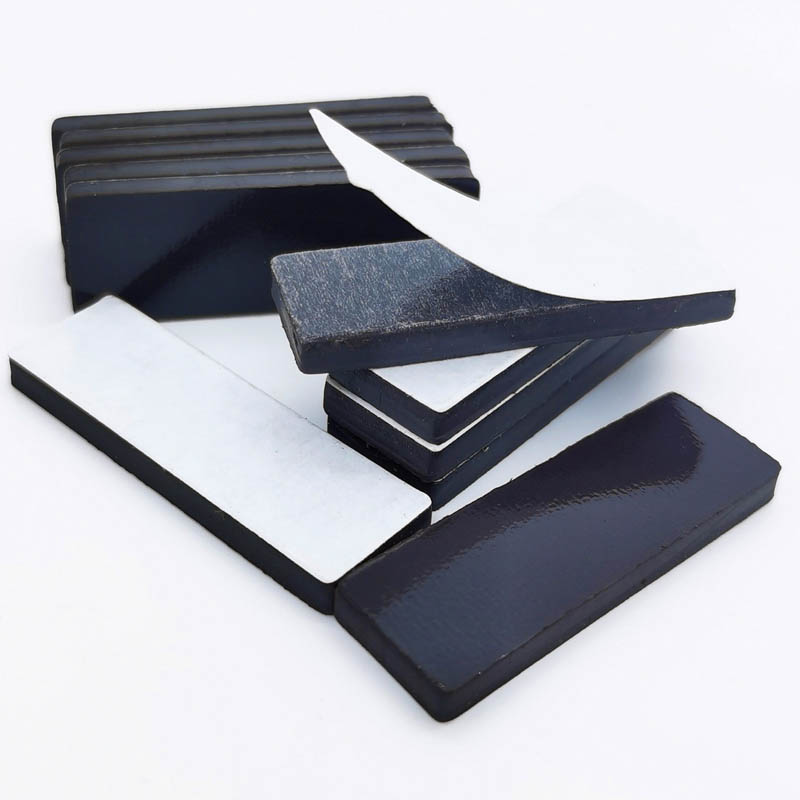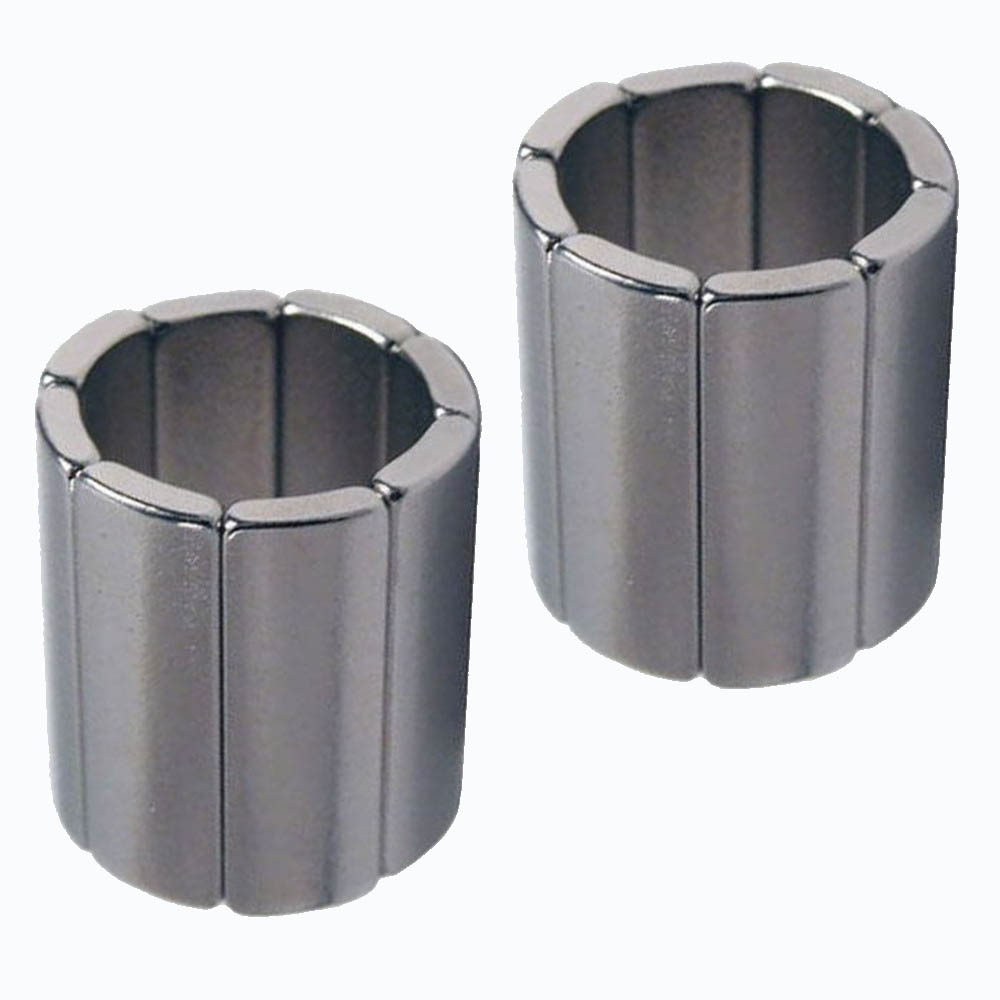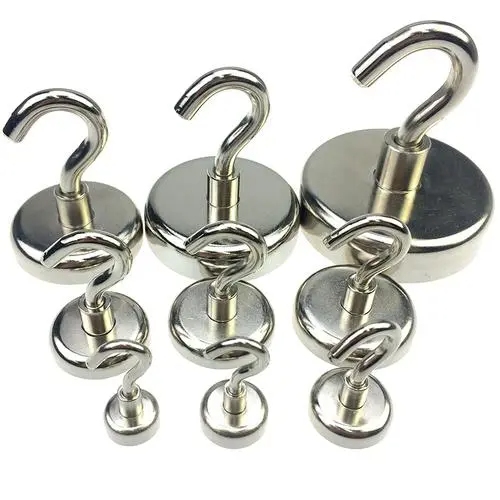Magnets with countersunk holes have become increasingly popular in various industries due to their ability to provide strong and secure attachment solutions. These magnets are equipped with a countersunk hole, which allows for easy installation with screws or bolts, ensuring that the magnet remains firmly in place. As a result, these magnets are widely used in applications such as tool racks, automotive components, advertising displays, and furniture, among others.
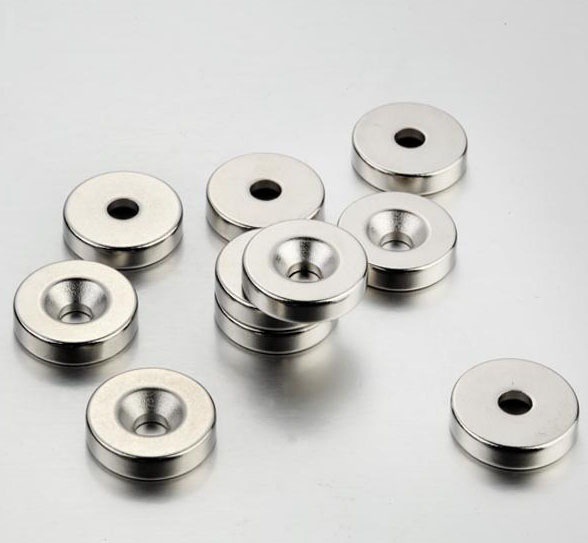
Material Selection and Types
Magnets with countersunk holes can be made from a variety of materials, including neodymium (NdFeB), Alnico (AlNiCo), samarium-Cobalt (SmCo), and Ferrite (ceramic). Each of these materials offers distinct properties in terms of magnetic strength, temperature resistance, and durability, which makes them suitable for different applications.
For example, neodymium magnets (NdFeB) are known for their high magnetic strength and are often used in applications requiring strong magnetic fields, such as motors, sensors, and electrical components. On the other hand, Ferrite Magnets are more cost-effective and are used in applications where a moderate magnetic force is required.
The Purpose and Benefits of the Countersunk Hole Design
The countersunk hole in magnets serves several key purposes. It allows the magnet to be securely attached to a surface using a screw, providing a stable and reliable hold. This feature is especially useful in environments where the magnet needs to withstand vibrations or other forces that could cause it to shift or become dislodged. As such, magnets with countersunk holes are commonly used in industries such as automotive manufacturing, home appliances, and heavy machinery.
For example, one manufacturer developed a line of magnets with countersunk holes specifically designed for tool racks. The magnetic base provides a strong, secure hold for tools, while the countersunk hole allows for easy attachment to metal surfaces with screws. This design not only improves efficiency but also reduces the risk of tools falling or becoming misplaced.
Customization Services and Size Options
As demand for magnets with countersunk holes grows, many manufacturers now offer customized services to meet specific requirements. This includes tailoring the size, countersunk hole diameter, and depth of the magnet to suit particular needs. Customization ensures that the magnet fits perfectly with other components or equipment, providing a precise and reliable solution.
For instance, a manufacturer specializing in automotive components offers customized neodymium magnets with countersunk holes to meet the precise specifications of car sensors and electrical systems. These magnets are designed to withstand high temperatures and vibrations, making them ideal for use in the automotive industry.
Surface Treatment and Durability
The surface treatment of magnets plays a crucial role in enhancing their durability and corrosion resistance. Coatings such as nickel plating, zinc plating, epoxy coatings, and metal spraying are commonly applied to magnets with countersunk holes to protect them from rust and wear, especially in harsh environments.
For example, a manufacturer produced a line of magnets for marine applications, featuring a nickel-plated surface that resists corrosion caused by saltwater. These magnets are used in a range of offshore applications, including marine equipment and structures, where exposure to water and humidity is a constant challenge.
Advanced Manufacturing Techniques
The precision of manufacturing magnets with countersunk holes is critical to ensuring their effectiveness and performance. Advances in CNC drilling technology and automated production lines have greatly improved the accuracy and consistency of the countersunk hole size and placement. These technologies help minimize human error, increase production efficiency, and maintain a high standard of quality.
For example, one manufacturer has integrated automated production lines that use robotic arms and CNC machinery to drill the countersunk holes. This allows for mass production of high-quality magnets with precise hole placements, while also improving the overall production speed and reducing costs.
Market Trends and Industry Demand
The demand for magnets with countersunk holes has been steadily increasing, driven by the growth of industries such as automotive, electronics, energy, and advertising. In the automotive sector, the need for magnets in electric vehicle (EV) motors and other components has surged, prompting manufacturers to provide high-performance magnets that meet the industry’s strict requirements.
According to market research, the global magnet market, particularly for high-performance magnets like those made from neodymium, is expected to grow significantly in the coming years. The rising adoption of electric vehicles and renewable energy technologies is likely to be a major driving factor in this growth.
Quality Control and Standards
Quality control is essential in the production of magnets with countersunk holes to ensure that each magnet meets the required specifications. Manufacturers often implement strict quality control measures, including testing for magnetic strength, hole size accuracy, and overall durability. Certifications such as ISO 9001 and RoHS compliance are commonly used to ensure that the manufacturing process meets international standards.
For instance, one factory follows a rigorous quality assurance process that includes testing for magnetic strength and dimensional accuracy. This ensures that each batch of magnets with countersunk holes is of the highest quality and can be relied upon for critical applications.
Supply Chain and Logistics Management
Efficient supply chain management is essential for meeting the growing demand for magnets with countersunk holes. Manufacturers often work with suppliers across multiple regions to ensure a steady supply of raw materials and components, while also optimizing production schedules to meet customer demands. Logistics management plays a key role in ensuring timely deliveries to customers worldwide.
A manufacturer based in Asia has optimized its supply chain by maintaining production facilities in several countries. This strategy allows the company to reduce lead times and improve its ability to meet the needs of clients in North America and Europe, where demand for magnets with countersunk holes is particularly strong.
Conclusion
The manufacturing of magnets with countersunk holes plays a crucial role in a wide range of industries, from automotive to home appliances. With increasing demand for high-performance magnets, manufacturers are continuously innovating in material selection, production techniques, and customization services. As market trends shift toward more sustainable and energy-efficient solutions, magnets with countersunk holes will continue to evolve, providing reliable and cost-effective solutions for a variety of applications.




 English
English


